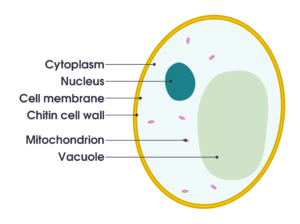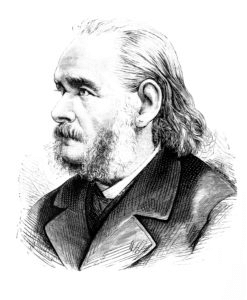Cell Theory - Class 9 PDF Download
who give cell theory
Ref: https://edurev.in/question/208646/who-give-cell-theory
Cells

By definition, a cell is the fundamental and structural unit of all living organisms. It is the smallest biological, structural and functional unit of all plants and animals. Therefore, cells are called the ‘Building Blocks of Life’ or the ‘Basic units of Life’. Organisms made up of a single cell are ‘unicellular’ whereas organisms made up of many cells are ‘multicellular’. Cells perform many different functions within a living organism such as digestion, respiration, reproduction, etc and keep it alive.
For example, within the human body, a lot of cells give rise to a tissue → multiple tissues make up an organ → many organs create an organ system → several organs systems functioning together make up the human body.
Discovery of the cell
Did you know that more than 330 years ago there was no knowledge of cells? This is because they were too small for the naked eye. The discovery of the microscope made it possible to observe cells and even study them in detail. Although it was the scientist, Robert Hooke who coined the term ‘cell’ after observing dead cells through his microscope, it was Anton van Leeuwenhoek who first observed live cells! Many years later, Robert Brown discovered the ‘nucleus’, the engine that makes a cell function.
Read about Prokaryotic Cell here.
Cell Theory

In 1838, a German botanist, Matthias Jakob Schleiden was the first to state that cells are the building blocks of all plants. In the following year, another German botanist, Theodor Schwann stated that cells are the fundamental units of animals too. These statements ended the notion that plants and animals have fundamental differences in structure.
Their discoveries led to the formulation of the ‘Cell Theory’ which states that cells are the basic units of all living organisms (plants and animals). But, the cell theory failed to explain how new cells arise. In 1855, Rudolf Virchow, a German physiologist stated in German ‘Omnis cellula e cellula’ which means that new cells come from already existing cells.
Therefore, the three important points of the modified cell theory are as follows:
- The cell is the basic structural and functional unit of all living organisms.
- All living organisms (plants and animals) are made up of cells.
- All cells arise from pre-existing cells.
In the following years, scientists also discovered that the body units in charge of reproduction are also cells. Here are some fun facts for you. The female egg (Ovum) is the largest cell in the human body. The smallest cell, on the other hand, is the sperm.
FAQs on Cell Theory - Class 9
| 1. What is the Cell Theory? |  |
| 2. Who proposed the Cell Theory? |  |
| 3. What is the significance of the Cell Theory? |  |
| 4. How does the Cell Theory relate to the exam? |  |
| 5. Can you provide an example of how the Cell Theory is applicable in real life? |  |














